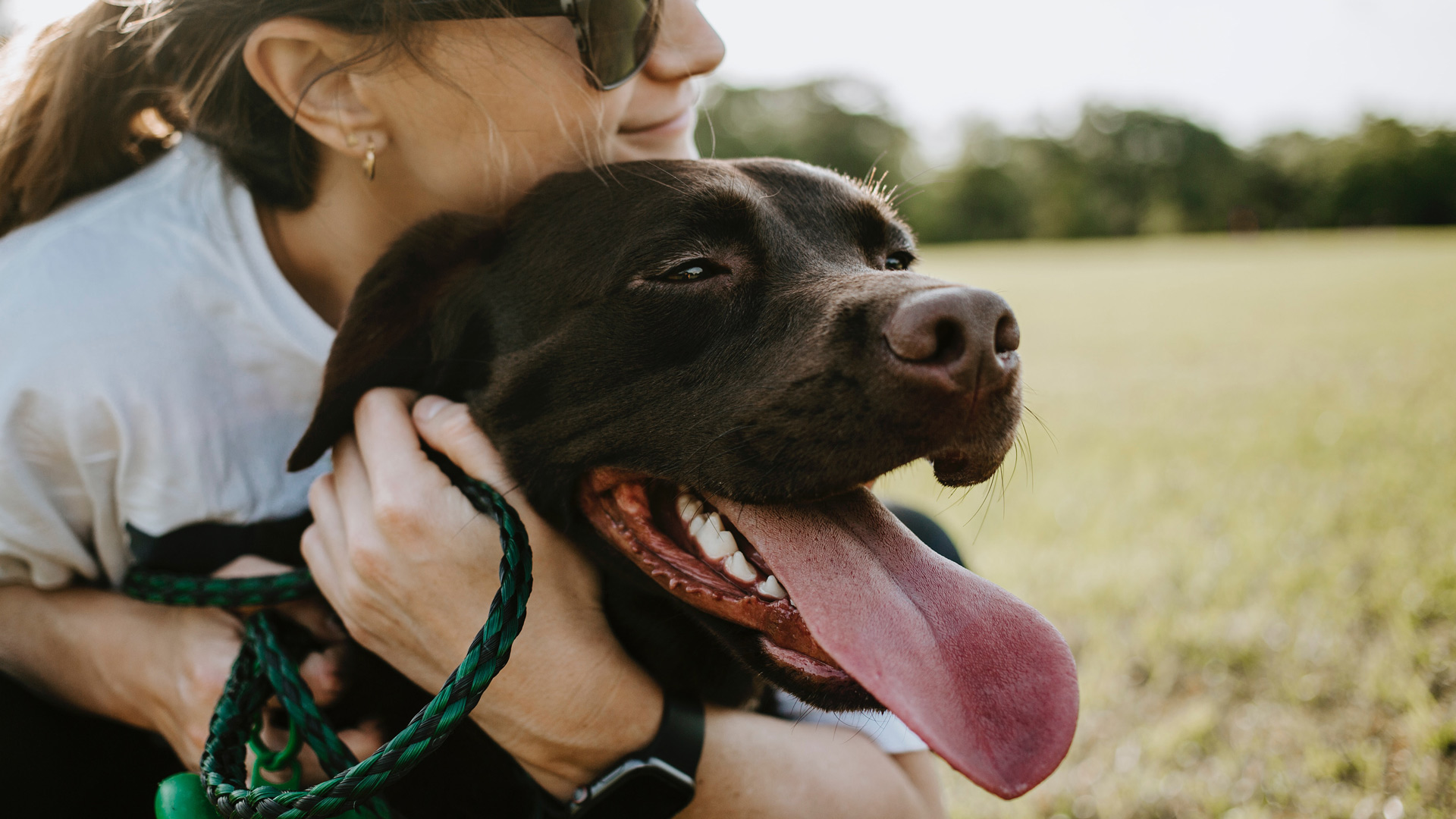
How to Bond With Your Dog
When it comes to the human-dog relationship, the word “love” is used a lot. What most people don’t talk about is the bond between them and their furry friends. Love will develop naturally. On the other hand, a bond takes a lot of attention and time to grow. Love makes your dog wag his tail when he sees you at the end of the day. However, bond keeps him from leaving you when you open the front door. A strong bond is a foundation between you and your dog.
In most cases, human beings are responsible for creating bond infractions. And these affect the quality and strength of the relationship. Some of the common ones include physical punishment, lack of regular exercise, and an unwillingness to have fun with their pets. To have a strong bond with your furry friend, you need to build trust and focus on mutual respect.
Is your bond with your dog strong or weak?
You probably assume that you have a strong relationship with your dog, right? The truth is, you can never be so sure. Let’s discuss some of the best ways to determine whether the bonding is as strong as you think it is.
Signs of a weak bond
Although you are a caring and considerate human being, your dog might not feel the same way towards you. Some of the common signs of a weak bond include:
- Failure to respond to commands and emotional indifference to the pet parent or other family members
- Poor or lack of eye contact
- Depression
- Aggression toward the pet parent
- Regular attempts to run away
Signs of a strong bond
You cannot mistake a dog who is emotionally connected to you. They’ll wag their tails, get excited, and make eye contact when they see you. When you come home, they’ll vocalize their joy and brighten up. Other common signs of strong bond include:
- Looking for you or staying close to you when they are off-leash
- Checking in frequently to see how you are doing
- Striving hard to find you when playing hide and seek
- A strong desire to be close to you
- Focusing and looking at you frequently
- A willingness to help or protect you in threatening situations
- Enjoyment of physical interaction
Best ways to improve bonding with your dog
There are specific behaviors that human beings enjoy doing. And they don’t translate positively to dogs. While most dogs will seek and show affection, their language is usually non-verbal, while human beings tend to be verbal. Also, non-verbal behaviors are usually more intrusive than what most furry friends are comfortable with. While dogs are different, and some of them will tolerate the behaviors that we’ll discuss, most of them will not enjoy them. Doing the things that we are about to discuss will strain bonding with your dog.
1. Using commands with lots of words
Using commands is a good thing for dogs. However, using more than three words can be stressful to dogs. They are trying to integrate verbal, and body language and most human beings aren’t good at putting them together. One of the best experiments is delegating tasks to thesis writing services and trying to spend the entire day without uttering a word to your pet and communicating using body language only. You’ll see how much you talk using your body without even knowing it. You need to use your body to get the response that’s needed from your dog.
2. Hugging your pet
While hugging is a sign of affection among human beings, it is usually irritating to most dogs. Dogs don’t hug because they don’t have arms. When a dog places a paw or foreleg on top of another dog, it shows that he is in control. Regardless of your intentions, your dog won’t like the embrace.
3. Petting his face or patting the head
Most people don’t enjoy it when someone reaches out to tap on their heads. The same applies to dogs. You need to come under the chin so that they’ll know when to withdraw if they feel uncomfortable. In most instances, pet parents have to work extra hardtop help their pups understand that an uncomfortable touch signifies love among humans.

4. Kisses
One of the common signs of submission that dogs use is tongue lick. You should avoid demanding a kiss from a dog because you’ll be forcing dominance on them. If you choose to kiss your dog, you should always focus on body language. Do they comply and wag their tail? Or are they nervous? You should always allow them to initiate instead of asking for kisses.
5. Prolonged eye contact
The more you have stayed with your dog, the more you can maintain eye contact. A stranger who stares at you might make you feel uncomfortable. The same applies to dogs. You should always approach your dog in a way that’s comfortable for both you and him. Your body should be angled slightly, and your eyes averted slightly too. Always speak with a gentle voice quietly. A friendly body language will help your dog understand that you have no intention of harming him. Doing this will prevent aggressive or defensive reactions.
6. Failure to provide rules and structure
Dogs love rules and structure. While strict rules and structures are boring to human beings, they are great for your dog. A dog wants to know what its leader expects. Rules make life predictable and minimize stress and confusion. Dogs will be happy when they know their boundaries. When you spend most of your time enforcing boundaries with positive energy, they’ll trust you as their leader. And you’ll create conditions for a happy dog.
7. Forcing your dog to interact with people or dogs they don’t like
Like most social species, dogs have friends and enemies. A dog will always want to hang out with people or dogs that they love. And they’ll avoid the dogs or people that they hate. When pushed too far, they are likely to bite or fight.
Conclusion
Focusing on strengthening the relationship with your dog is one of the most important aspects of living with a canine. By using the tips that we’ve discussed, you’ll improve bonding with your pet.
Author Bio:
Jessica Chapman is a writing editor at assignment help service, essay writing service, and best UK essay writing service. She is into sport and politics, enjoys traveling.











